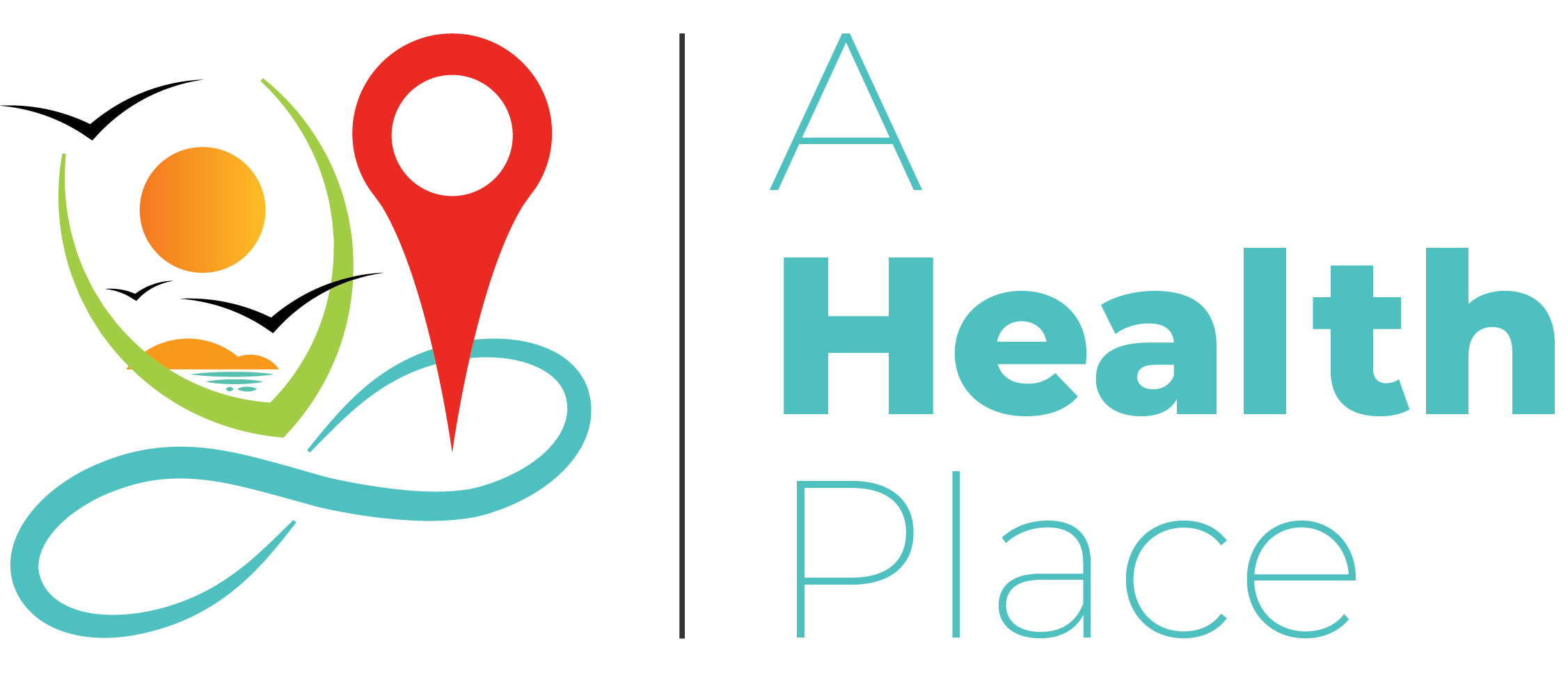Nomophobia is a type of anxiety disorder characterized by a fear of breaking social norms and a strong desire to conform to societal expectations.
Nomophobia can manifest in different ways, including a fear of speaking up, a fear of wearing unique clothing, or a fear of expressing individual opinions. This can lead to a lack of personal growth and an inability to develop a strong sense of self. People with Nomophobia may also struggle with decision-making and have difficulty setting personal boundaries. In severe cases, Nomophobia can lead to depression, low self-esteem, and even suicidal ideation.
Conformity and adherence to social norms are important in society, but it becomes problematic when it interferes with an individual’s mental health and well-being.
Symptoms of Nomophobia
The symptoms of Nomophobia can vary from person to person, but some common signs include:
- Extreme anxiety or fear of standing out or being different from others.
- A strong desire to conform to social norms and expectations, even if they conflict with personal values or beliefs.
- Fear of social rejection or punishment for not conforming to norms.
- Difficulty making decisions or expressing opinions for fear of going against social norms.
- Obsessively checking and conforming to social media trends and updates.
- Feeling uncomfortable in social situations where norms may be different or undefined.
- Physical symptoms such as sweating, trembling, and heart palpitations in situations that involve breaking social norms.
- Avoiding situations or activities that involve breaking social norms or standing out from others.
Causes of Nomophobia
The causes of Nomophobia are complex and can vary from person to person. Some common factors that may contribute to Nomophobia include:
- Social Conditioning: From an early age, we are taught to conform to social norms and standards, and failure to do so can lead to social rejection or punishment. This conditioning can lead to a fear of breaking norms and a strong desire to conform.
- Trauma: Past experiences of bullying, rejection, or social isolation can lead to the development of Nomophobia. These experiences can create a fear of standing out or being different, leading to a desire to conform and fit in.
- Genetics and Biology: There may be a genetic component to Nomophobia, as some people may be predisposed to anxiety disorders. Additionally, imbalances in brain chemicals such as serotonin and dopamine can contribute to anxiety and fear.
- Cultural Factors: Different cultures may have varying norms and expectations, which can lead to different manifestations of Nomophobia. For example, in some cultures, modesty and conformity are highly valued, leading to greater pressure to conform.
- Mental Health Conditions: Nomophobia can be a symptom of other mental health conditions such as social anxiety disorder, obsessive-compulsive disorder (OCD), or depression.
The Impact of Nomophobia on Daily Life
Nomophobia can have a significant impact on an individual’s daily life in various ways, including:
- Social Isolation: Nomophobia can lead to social isolation as individuals may avoid situations or activities that involve breaking social norms or standing out from others. This can lead to feelings of loneliness and depression.
- Limited Self-Expression: Those with Nomophobia may have difficulty expressing their opinions, making decisions, or engaging in activities that go against social norms. This can lead to feelings of suppression and a lack of personal growth.
- Anxiety and Stress: Constantly worrying about conforming to social norms can lead to anxiety and stress, which can affect an individual’s physical and mental health.
- Limited Creativity and Innovation: Nomophobia can limit an individual’s ability to think creatively and innovatively, which can be detrimental to personal growth and development.
- Low Self-Esteem: Feeling the need to conform to social norms and being unable to do so can lead to low self-esteem and feelings of inadequacy.
Tips for Coping with Nomophobia
If you are experiencing Nomophobia, here are some tips that may help you cope:
- Identify Triggers: Recognize situations that trigger your anxiety and stress related to social norms. Once you identify the triggers, you can begin to develop coping strategies to manage these situations.
- Practice Mindfulness: Mindfulness techniques such as deep breathing, meditation, and visualization can help you stay grounded and centered in the present moment, reducing feelings of anxiety and stress.
- Challenge Negative Thoughts: Replace negative thoughts related to social norms with positive affirmations that reinforce your individuality and uniqueness. This can help boost your confidence and self-esteem.
- Seek Support: Connect with others who may be experiencing similar feelings of anxiety related to social norms. Joining a support group or seeking professional therapy can provide a safe space to share your feelings and receive support.
- Step out of your Comfort Zone: Gradually expose yourself to situations that challenge your Nomophobia. This can help you build confidence and develop coping skills to manage your anxiety.
- Focus on your Values: Focus on your personal values rather than conforming to societal norms. This can help you stay true to yourself and live a fulfilling life on your own terms.
Remember, managing Nomophobia is an ongoing process, and it takes time and practice to develop coping strategies that work for you. With patience and perseverance, you can learn to manage your anxiety and live a fulfilling life.
The Role of Social Media in Nomophobia
Social media can play a significant role in the development and exacerbation of Nomophobia. On social media, users are exposed to curated and edited images and content that may depict an idealized version of reality, creating unrealistic beauty standards and social norms. This can lead to individuals feeling inadequate or insecure if they don’t meet these standards.
Moreover, social media platforms can perpetuate the pressure to conform to certain social norms by providing a constant stream of content that reinforces these norms. This can create a sense of social comparison and FOMO (fear of missing out) that can contribute to Nomophobia.
Furthermore, the ability to easily compare oneself to others on social media can exacerbate feelings of anxiety and insecurity, especially when individuals see their peers conforming to certain social norms and they are not. Social media can also create an echo chamber effect, where individuals only engage with people who share their views and beliefs, reinforcing the pressure to conform to certain norms and inhibiting individuality.
In conclusion, social media can be a double-edged sword. While it can provide a platform for people to express themselves and their unique perspectives, it can also create pressure to conform to social norms and exacerbate Nomophobia.
Nomophobia is a term used to describe the fear of not conforming to societal norms. It can have a significant impact on an individual’s mental health and overall well-being, causing symptoms such as anxiety, depression, and feelings of inadequacy.
There are several causes of Nomophobia, including social pressure, fear of rejection, and a desire to fit in. The impact of Nomophobia can be far-reaching, affecting an individual’s daily life and their ability to function in society.
However, there are ways to cope with Nomophobia, including self-care, seeking professional help, and challenging negative thought patterns. Additionally, preventative measures such as promoting individuality and celebrating diversity can help to reduce the prevalence of Nomophobia.









Discussion about this post